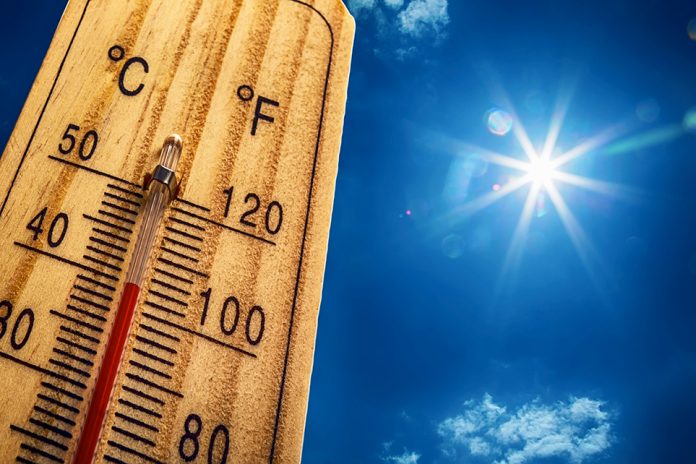Bhubaneswar Boiling: Why Is Mercury Rising In February? What Lies Ahead For Odisha Capital

Bhubaneswar: It’s not even March and already feeling like May in the Odisha capital. The mercury touched 40.4°C on Friday. Worse, the weatherman has predicted hot days ahead, at least for around two weeks to come.
Also Read: Mercury Shoots Up To 40.4 Degree Celsius In Bhubaneswar
This year, the end of February has been one of the hottest recorded in Bhubaneswar. But, this is not unprecedented. On February 23, 1963, the mercury had jumped to 42.7°C, marking it the hottest in the state. More recently, a similar “Fried February” phenomenon was seen in 2016. The temperature recorded was 40.9°C on February 20, 2016.
And we are experiencing a rerun this year.
Why Heat In February?
According to experts, a multitude of factors are behind the rise in the day temperature in Bhubaneswar. The prime three are “insolation”, “adiabatic warming” and “topography”.
Insolation
Director of IMD, Bhubaneswar, HR Biswas explained that insolation is the amount of radiation of the Sun that reaches Earth. And if the amount is higher, the mercury will move up.
Since insolation is dependent on factors like the angle of incidence of Sun’s rays and transparency in the atmosphere, Biswas further stated that Bhubaneswar faces the heat because the atmosphere has no water vapour and the sky is clear. This is responsible for city receiving the maximum solar insolation.
Adiabatic Warming
Adiabatic warming occurs when an air parcel moves into a high zone. As a result, the air gets compressed and this leads to a higher temperature, Biswas said.
“A high-pressure zone extending up to Jharkhand and West Bengal exists over Bhubaneswar. Due the presence of high zone, the air parcels sink downward (towards Earth’s surface), and as a result adiabatic warming takes place,” Biswas said.
Topography
Moreover, as the climatology record of Bhubaneswar shows such abnormal temperature as early as 1963, the angle of incidence of Sun’s rays over the city also has a role to play. Due to the natural topography of Bhubaneswar, the Sun rays are falling almost vertical in this part of the year (Feb – April) leading to the recording of higher temperature, provided favourable conditions (like this year) exist.
What Lies Ahead?
As per forecasts by Indian Meteorological Department (IMD), Bhubaneswar will be on the boil and the maximum day time temperature is predicted to remain around 39°C.
March will see mercury making a little retreat in the city, though the maximum day time temperature is predicted to hover around 38°C.
At the same time, the IMD predicted that the first week of March will be gruelling for Bhubaneswar as the relative humidity level is set to rise during that period.
However, the unanimous forecast is when heat wave like conditions will be gripping the western parts of Odisha from March 19 onwards, the maximum day time temperature in the Bhubaneswar will come down to around 35-36°C.
If the prediction turns true, then the city’s day time temperature will be hovering between 35-36°C till the first week of April.
Also Read: Heat Wave: School Timing Rescheduled In Odisha
Also Read: Heat Wave Warning: Drinking Water For All, Zero Casualties On Odisha Govt’s Agenda

Comments are closed.